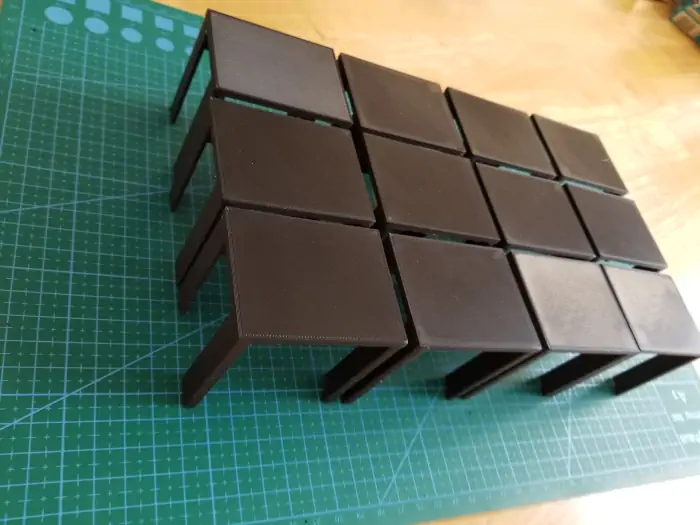XFabricate
New Member
I've had mixed results getting ASA to stick to PEI, on some sheets it adheres really well and other brands don't stick well at all. Once I got it dialed in it worked very well though, sometimes with a little help from plain old Elmer's glue stick if it's a tricky model shape.I could not get polymaker ASA to stick to PEI well enough for a perfectly flat bottom (about a 4x4 flat part). Best solution I've found is to use layerneer on a boro glass plate. My printer is also inside a small pot tent with a space heater and I think it gets around 50-60C. I cant believe your printer can reach 65C chamber when the walls arent even insulated.
The enclosure is aluminum composite panels on the bottom and rear with acrylic sheets on the remaining sides, foam gaskets on all of the panel edges. It does a pretty good job as there are almost no air gaps anywhere aside from some small slots where the belts pass down to the Z motors. I think it could probably get to the 70s or 80s with some added insulation but I didn't opt for high-temperature rated motors and belts.


